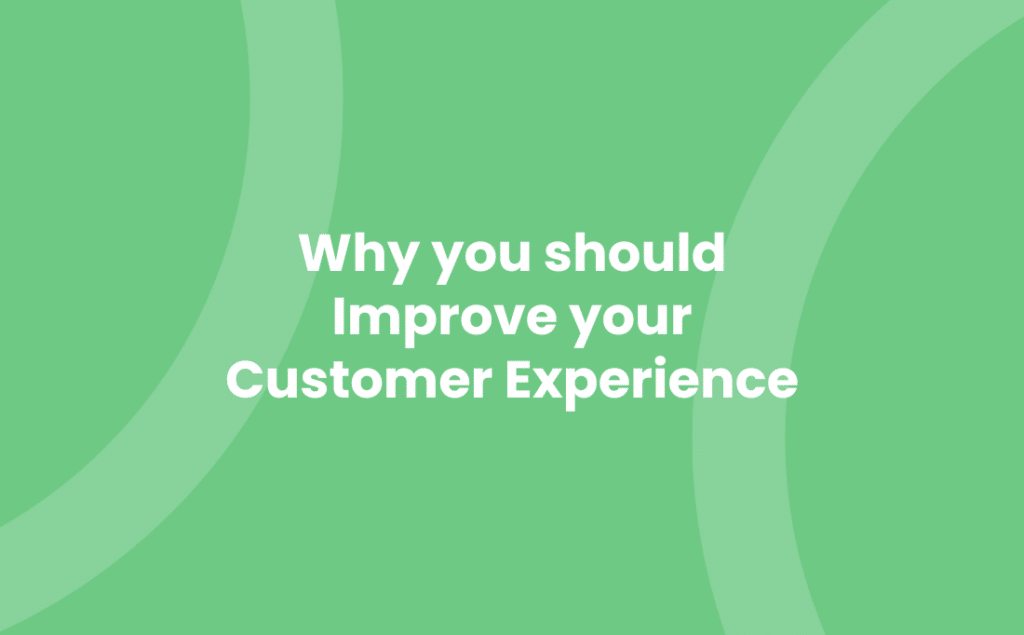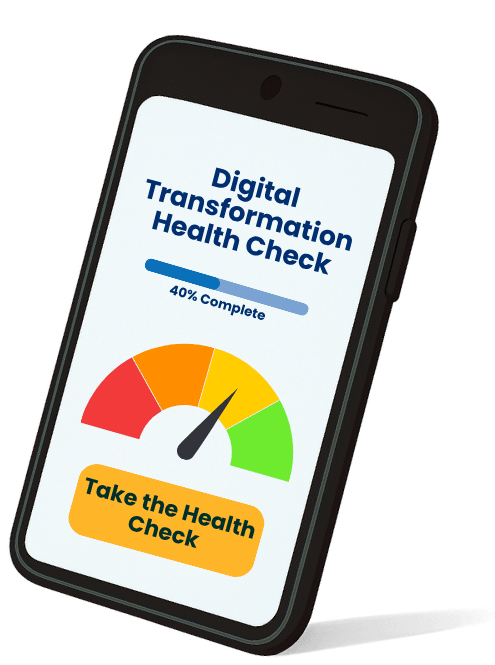Do you know how happy your customers are with your products/services? Are you aware of what your customer experience is like? Can you predict issues before they even become problems? Do you have customer information at your fingertips whether you’re working from home, in the office or on the road?
Customer experience is vital to the bottom line of your business. The higher the satisfaction, the more growth and revenue you can achieve. Therefore, ensuring your products/services are meeting – or better yet, exceeding – your current customer’s expectations is a great way to improve your customer experience.
This blog covers some interesting statistics to help cement why you should survey your customers to discover their level of satisfaction.
When does the customer journey start?
The customer’s interaction with your organisation happens much earlier than you think. It’s the first touch point with your company. This may be via your website, Google Reviews, social media or word of mouth.
Every customer interaction should leave the customer feeling like they’ve had a positive experience. Even if you couldn’t help them, the fact that you were trying to help, will have long lasting effects.
Why should you improve your Customer Experience (CX)?
Customers are likely to spend 140% more after a positive experience than customers who report negative experiences. – Deloitte
We’re all familiar with the old adage that if you go that extra mile for your customers, you’re more likely to retain them as loyal customers. However, it’s vital that you’re authentic and not reading from a pore-defined script. Involving your employees in the decision-making process empowers them to contribute to the success of an organisation. It also saves the company time and money in increased productivity and reduced outsourcing.
Part of that empowerment is ensuring you give your employees the tools and data they need to make high-quality decisions.
According to IBM in 2017, 71% of companies say the cloud has influenced the customer experience.
This statistic is likely to be much higher since the pandemic. Having all the information at your fingertips via cloud (hosted) computing allows you to be agile, and ensures that you’re not in the dark with any customer interactions. Knowing before you go into a meeting that there’s been a delay to the customer’s project, or they’ve experienced a major issue means you’re not put on the back foot. Better still, you can ensure you have an update for them.
The increased connectivity that cloud computing provides enables you to work from anywhere at any time. This means you can help both internal and external customers.
Sweat your data to know your customers
65% of companies say improving their data analysis is very important to delivering a better customer experience. – Medium
No longer a thing of the future, data analysis is here, now – Excel, CRM, AI are all data analysis tools.
The best place to start your data analysis journey is your current customer database. If you don’t know how they rate you, send them a survey or run a telephone campaign. You may have an active online community, so invite them to take part in LinkedIn polls to find out what your customers think.
If their customer health score is red or amber, follow up and ask how you can improve their experience. Be more proactive. If you don’t catch negative experiences in real time, the social media platform can turn it into a disaster.
A lot of organisations use something called a Net Promotor Score (NPS) to measure their customer experience and predict business growth. In a nutshell, you calculate your NPS using the answer to a key question (such as “how likely are you to recommend us/our product to a friend of colleague”) using a scale of 0-10 scale. Responses are grouped as follows:
- Promoters (score 9-10) are loyal enthusiasts who will keep buying and refer others, fuelling growth.
- Passives (score 7-8) are satisfied but unenthusiastic customers who are vulnerable to competitive offerings.
- Detractors (score 0-6) are unhappy customers who can damage your brand and impede growth through negative word-of-mouth.
Subtracting the percentage of Detractors from the percentage of Promoters yields the Net Promoter Score. This can range from a low of -100 (if every customer is a Detractor) to a high of 100 (if every customer is a Promoter).
The value of data analysis is changing a negative experience into a positive one so they become a promoter of your business.
Personalise your interactions
80% of customer say they are more likely to do business with a company if it offers personalised experiences. – Epsilon
Personalised interactions make customers feel listened to, valued and special. For example, a personalised ad (Dear Caroline), a store sending you a voucher for your favourite product or brand, a business offering tailored solutions.
How can you add more personalisation to your business? You need to ask the right questions in order to capture the information to add a dash of personalisation. Next, you need a place to store that information, such as a CRM system. This can include notes on what someone was going through the last time you spoke (a wedding perhaps or a life changing event). But how much information is too much? It’s important not to capture so much data that you can’t spot the key facts.
As well as focusing on the here and now, make sure you also plan for the future. Can you leverage AI to help you streamline the customer experience? Think of all those Alexas out there listening for key words and then providing us with personalised ads.
But don’t get carried away giving your customers too much choice
We have come a long way from Henry Ford’s famous quote about the Model T, “Any customer can have a car painted any colour that he wants, so long as it is black.” The Model T only came in black because the production line required compromise so that efficiency and improved quality could be achieved.
You can now customise a Ferrari in every detail to personalise the colours, design, setup, wheels etc. This may work for a high-end product/brand. However, if you need to mass produce your products, you need to limit the options to ensure you can keep up with demand.
Is customer experience more important that price and product?
Customer experience will overtake price and product as the key brand differentiator. – Commscope
This is a controversial statement as surely price and product are at least as important. Prices are comparable these days with price comparison sites, Google Shopping etc. So what will make your product stand out against the rest? The customer’s experience when buying and using it. This is why it’s so important to improve your customer experience as much as you can.
What results can you expect if you improve your customer experience?
5% increase in retention rates can increase profits between 25% and 95%. – Bain & Company
I’m sure you’ve all heard the saying that it’s better to retain a customer than acquire a new one. The pre-sales process can be a minefield when you’re up against your competitors. You invest time and effort when there is no guaranteed outcome and you may get little feedback on how you’re perceived. You know and understand what’s important to a prospect once they’ve been converted to a customer. Making sure they find you enjoyable to do business with and are confident that your products/services deliver results leads to a mutually successful and long term customer – the ultimate dream.
Avrion enjoys deep and long lasting relationships with all of its customers which we will continue to create innovative solutions for into the future.



